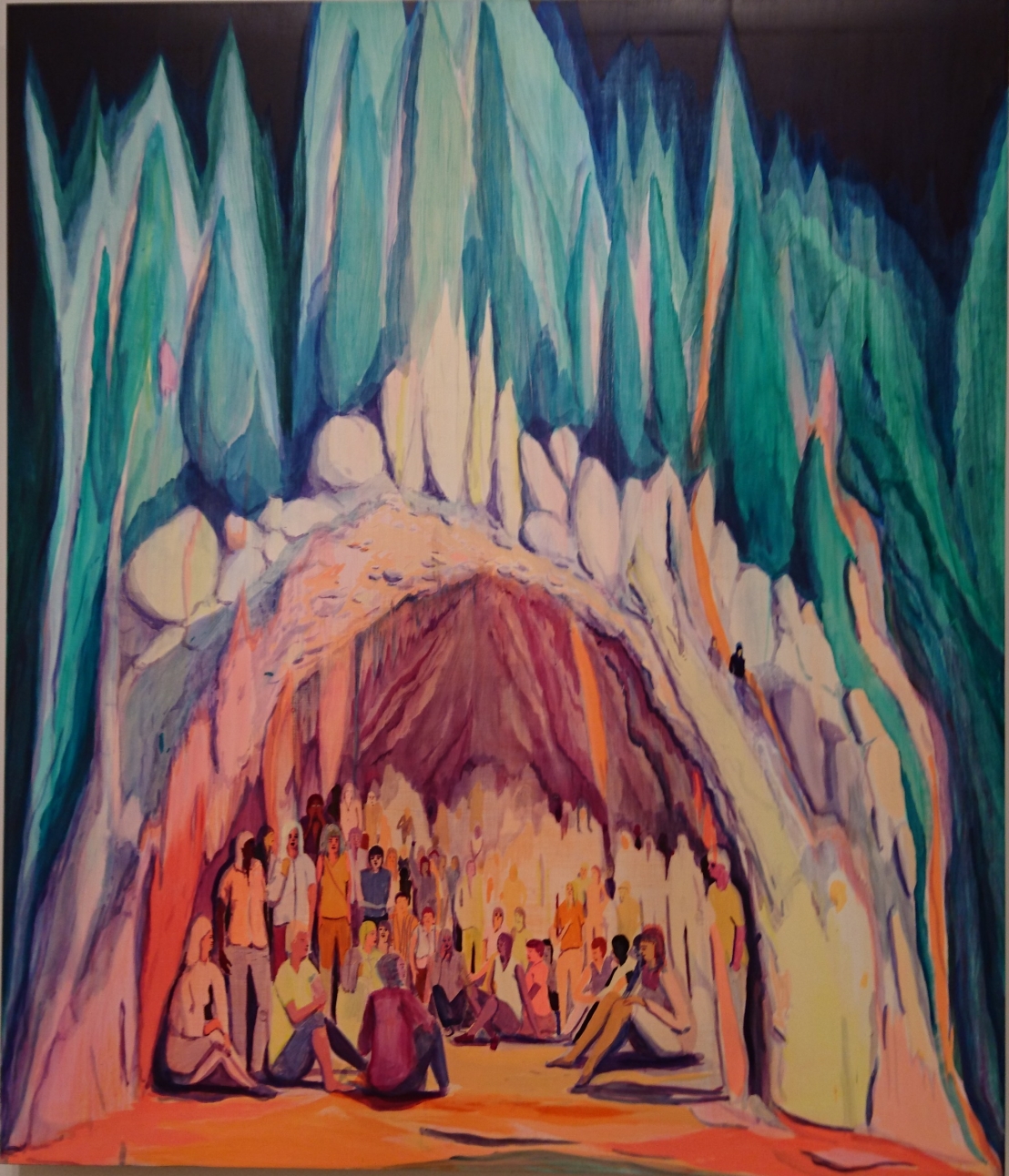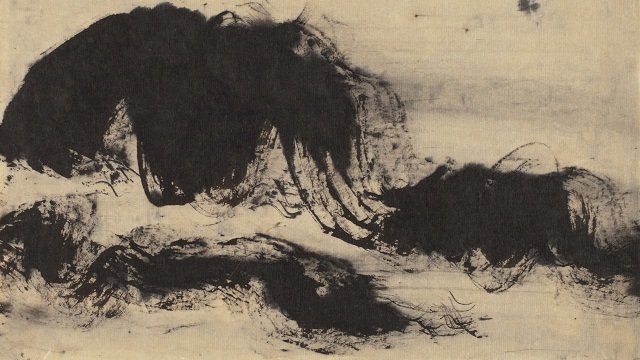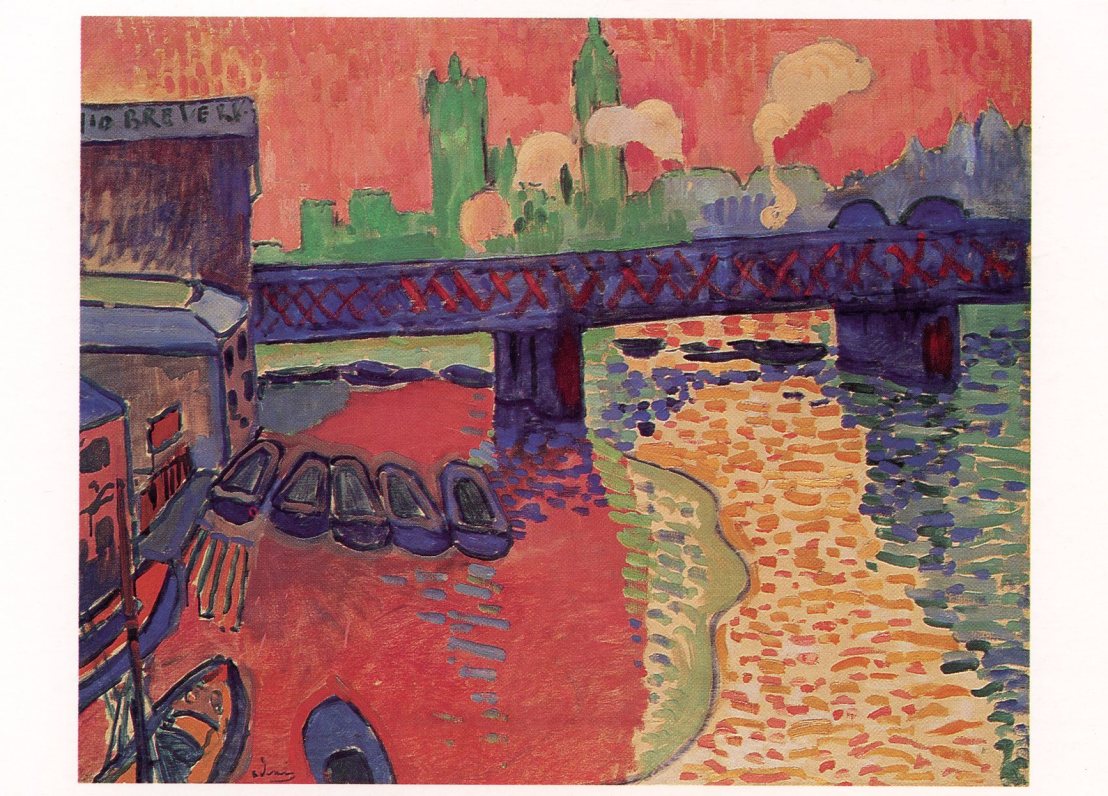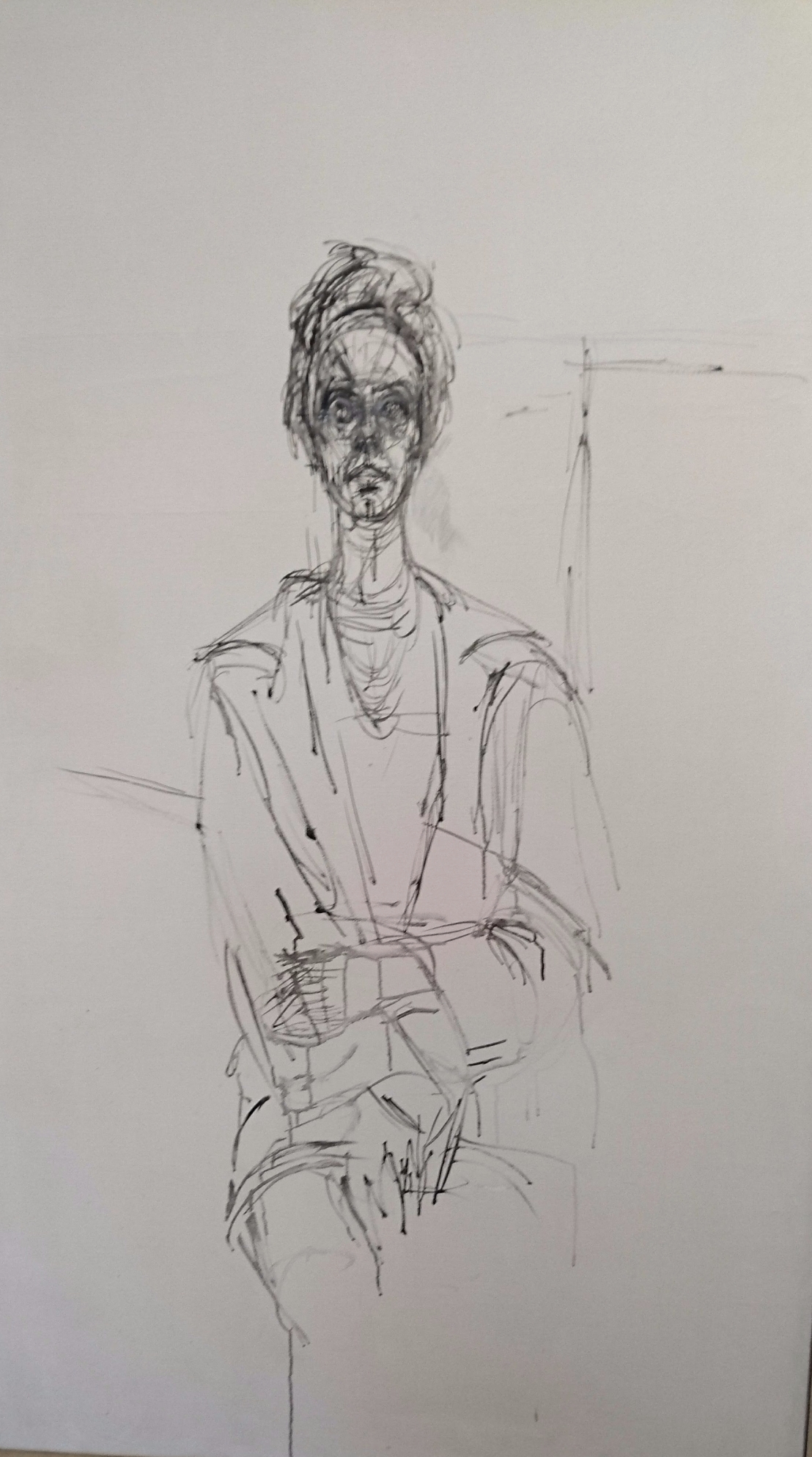Victoria Miro – Jules de Balincourt Exhibition
I had never been to a commercial private gallery before, and also did not know that these galleries existed in Mayfair. This was therefore a first for me and an area that I shall visit in future.
This was my first time on a study visit and found the interaction with other students and also direct contact with a tutor – Hayley Lock – very helpful to me.

The paintings by Jules de Balincourt – were all painted in oil on smooth untextured panels. The paint was applied in thin transparent layers. His subject matter we were told is based on American news items but it seems in a very ambiguous and somewhat mysterious way.
All of the paintings included figures, many zombie like and on occasions of contrasting sizes – very small and giant – as in Big Little Monsters, 2017 and They Cast Long Shadows, 2017.

The use of colours in my opinion is based on the bright daylight of California, something I am more aware of – travelling around the world. Artists often change their palette according to their location/local environment. Balincourt’s paintings appear unfinished and he must have great courage to say – that’s enough for this painting – they are certainly not overworked paintings! Another aspect to mention is the format – there were three large paintings approx. 1.7×1.5m however many were a much smaller format down to 61x50cm.

In the above detail of Troubled Eden – a disturbing title and mysterious painting – you can see the very thin layers of paint, scraped over with sandpaper or scourer. The painting has some connection to catwalk models and a not so perfect paradise?
My favourite paintings from the show included If trees spoke and we listened and They cast long shadows:

There is an effectiveness in his interplay of transparent and opaque paint, and his use of detail in the smaller figures and buildings contrasting with the larger figures that have an absence of detail.
I made my own version using collage and marker pens:

Gagosian – Glenn Brown Exhibition
This was a wildly different exhibition, much bigger with line drawings, large oil paintings and sculpture. Each artwork was made to fit carefully chosen elaborate, antique frames.
I use pre-existing images to go into pre-existing frames. I don´t like a blank canvas or a blank sheet of paper – Glenn Brown
The whole exhibition works were completed in just one year – a massive undertaking and one when you see the level of detail in every drawing, and the research into the master paintings used as the basis for many of the works, is awe-inspiring.
The exhibition space smelt of oil paint – as some of the works were obviously not completed dry! I was interested in the drawings made with indian ink and acrylics on drafting film (mylar) – as this is a support that I have been experimenting with. Also whilst there is terrific depth to Brown´s paintings and drawings – they are all made on smooth, flat surfaces.
His combined use of thin lines to create what appears from afar as larger brushstrokes is impressive – he is in some cases achieving the same effect as for instance Frank Auerbach’s thick impastos using brushed thin lines on a flat smooth surface. By contrast he then produces a series of sculptures that are built up of thick impasto brushstrokes of oil over acrylic paint.
To me there is obviously an element of digital manipulation in his drawings and oil paintings – particularly in the oils the backgrounds appear almost photographic, unreal even. His drawings in which he combines two or three different faces in one are another example.
I am a great fan of the work of Frank Auerbach – so this exhibition was interesting in that it showed a different artist’s method to achieve a similar effect but on a different support and completely different style of brushstroke. It also provided me with more ideas to develop my work on Mylar, in addition to complementing a new discovery from Japan – the work of Tawara Yusaku, who worked on a small scale using ink and built up what appears to be one larger brushstroke using a small brush with up to maybe 200 smaller energetic brushstrokes which he completes almost unconsciously and repetitively like a buddhist chant:

I have also been trying out his technique, of creating horizontal lines (I-chi) with a small No. 1 sable, indian ink and rapid, energetic brushstrokes – the upper example is with one charge of paint on the brush, the lower one using multiple charges of ink:
















